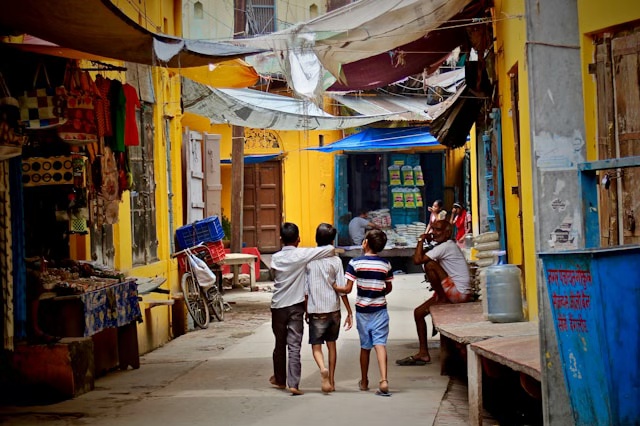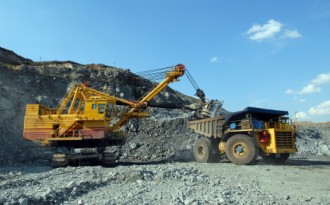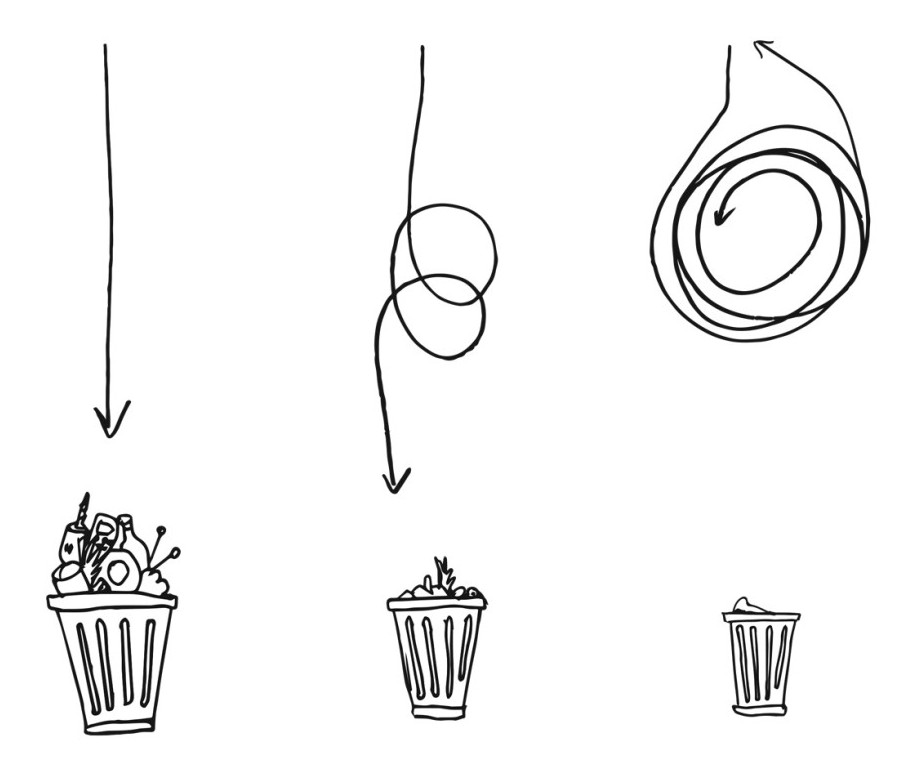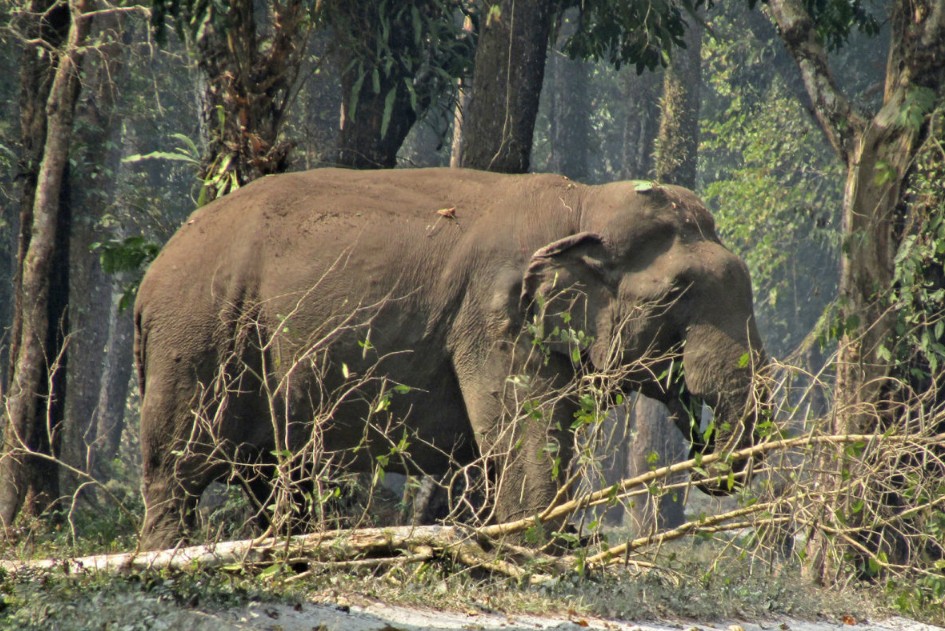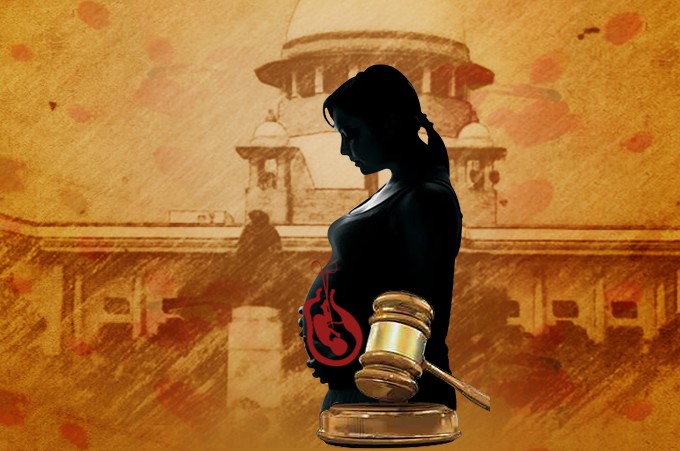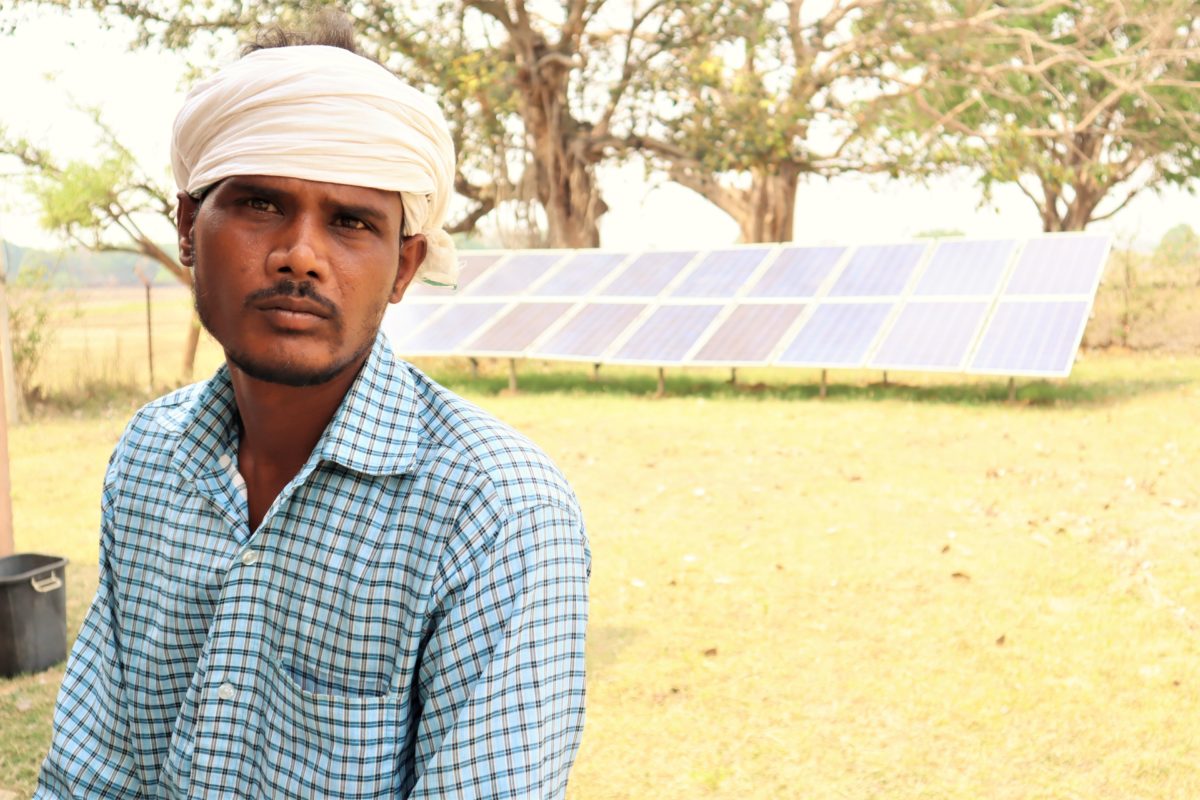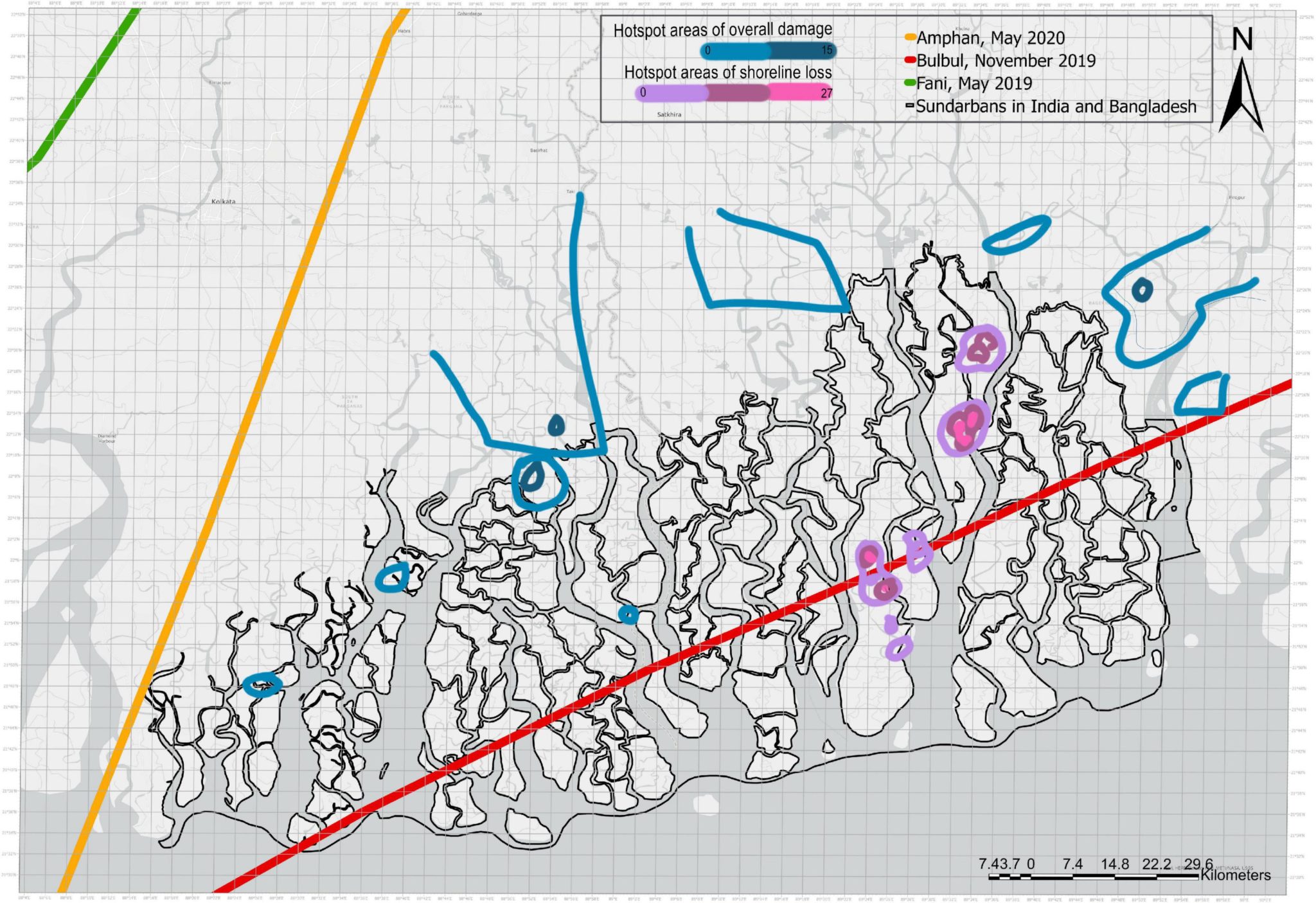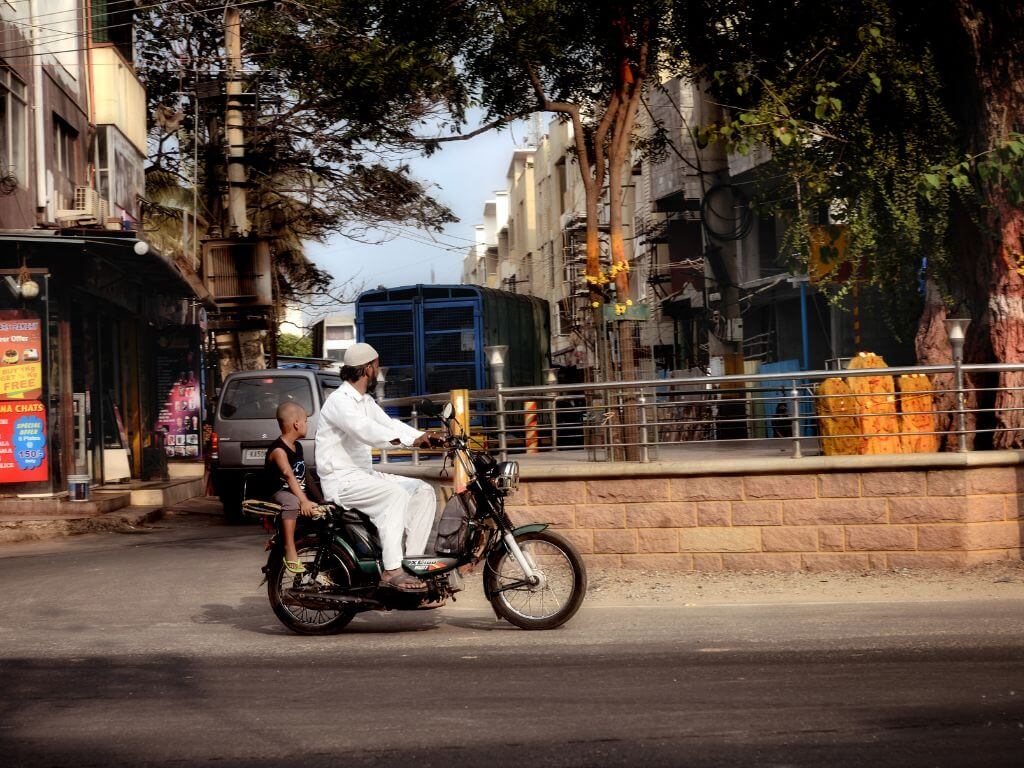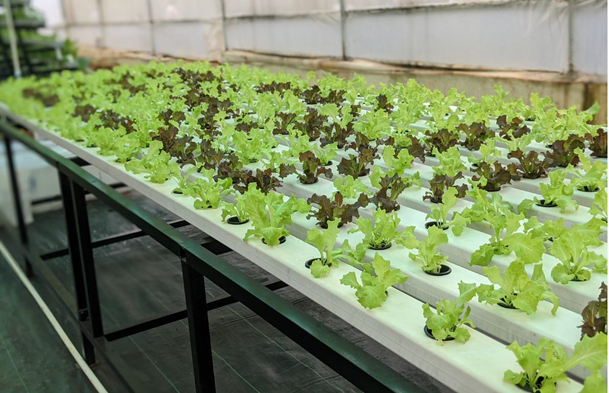Burning biomass is not green
The Municipal Corporation of Delhi and the Timarpur Waste Management Company
Pvt. Ltd., have proposed a waste incineration plant to treat the city's
solid waste and generate 6 MW of electricity. TWMPCL has applied to a
United Nations body for tradable carbon credits.
Gopal Krishna
finds much wrong in the proposal.
08 July 2006 -
The Municipal Corporation of Delhi (MCD) has proposed to initiate a waste to energy (WTE) project at Timarpur that uses incineration. The Timarpur Waste Management
Company Pvt. Ltd. (TWMCPL), a subsidiary of Infrastructure Leasing & Financial Services Ltd. (IL&FS) plans to generate 6 MW of electricity from the project at Timarpur, Delhi. It plans to process and treat 214,500 MT of Municipal Solid Waste (MSW) and produce 69,000 MT of Refuse Derived Fuel (RDF) in a year as per
company's project design document. The project requires
an investment of Rs.580 million. The promoters claim that the Department of Economic Affairs, Ministry of Finance has agreed to provide 20% of the project's cost as a capital grant.
TWMCPL is a subsidiary of IL&FS and has been created only for Timarpur project. A Memorandum of Understanding between MCD and IL&FS was signed in March 2005 by D K Mittal, the CEO of TWMCPL and Rakesh Mehta, the then Commissioner of MCD. On 14 March 2005, MCD said that it plans to earn carbon credits from the
project. TWMPCL has since applied for approval from the United Nations Framework Convention on Climate Change's (UNFCCC) Clean Development Mechanism (CDM) Executive Board
to earn carbon credit. The project got listed before the board on 23 May 2006, and the board sought comments until
21 June. TWMCPL had submitted its project
design document.
The CDM Executive Board of the UNFCCC supervises the Clean Development
Mechanism part of the Kyoto Protocol, and is accountable to the
Conference of Parties (COP), the decision making body for the protocol.
The Kyoto Protocol entered into force on 16
February 2005, after which the CDM Executive Board started registering
projects. The board is based in Bonn, Germany, at the UNFCCC Secretariat.
The Chair of the CDM Executive Board is José Domingos Miguez. There are two Indian
members as well in the Board, out of its 10 members from the parties to the Protocol.
The Indian members are Sushma Gera and Rajesh Kumar Sethi. In addition, there are 10
alternate members in the Board.

•
Neutralising waste with worms
•
Climate change and India
•
POPs, the dirty dozen

The Clean Development Mechanism (CDM) allows industrialised countries to meet
their emission reduction targets by paying for green house gas emission
reduction in developing countries. Say that a company in India switches from
coal power to biomass and that the CDM board certifies that by doing this,
the company
has reduced carbon dioxide emissions by 100,000 tonnes per year.
The company
will be issued 100,000 Certified Emissions Reductions (CERs).
One CER
corresponds to reduced green house gas emissions by one tonne of carbon dioxide
per year. For example, if a project generates energy using wind power instead of
burning coal, and saves 50 tonnes of carbon dioxide per year, it can
claim 50 CERs.
Under the Kyoto Protocol, the United Kingdom (a developed country) has to reduce
its green house gas emissions by 1 million tonnes of carbon dioxide each year.
Continuing with the example above, if the UK purchases the 100,000 CERs from
the Indian company, its target goes down from 1 million tonnes/year to 900,000
tonnes per year, making the goal that much easier to achieve. Developed countries
are
expected to buy CERs from developing countries under the CDM process to help
them achieve their Kyoto targets. CERs are therefore a "certificate", like a
stock and help achieve trading of emissions credits.
A significant point to note is that in India, income from CERs are not
taxed. MCD and TWMCPL are arguing that since they propose to generate electricity
using a non-conventional energy source instead of fossil fuel, the Timarpur
project must be deemed a
renewable energy project and for which carbon credits be
given to them. TWMCPL wants to receive CERs for this project to earn revenue
by selling those CERs.
Problems galore
The central problem with the Timarpur proposal is that waste burning technology
cannot automatically be deemed a renewable energy project. If anything, MCD and
TWMCPL's attempt to classify the WTE plant as a CDM project is far fetched and
misleading. Waste incineration is itself a greenhouse gas emitter and
cannot qualify as CDM project. Incineration of waste violates Kyoto Protocol
because as per the Protocol waste incineration is a green house gas emitter.
For a project to qualify as climate change mitigating project it is necessary
that it excludes waste incineration -- including waste pelletisation or RDF,
pyrolysis, gasification systems -- technologies. Incineration produces
pollutants which are detrimental to health and the environment. Incineration
is expensive and does not eliminate or adequately control the toxic emissions from
today's chemically complex municipal discards. Even the latest incinerators release
toxic metals, dioxins, and acid gases. Far from eliminating the need for a
landfill, waste incinerator systems produce toxic ash and other residues. Such
projects disperse incinerator ash throughout the environment and subsequently
enter our food chain.
Two, the design document deliberately chooses not to
mention emission of dioxins and heavy metals and thus does not mention the
method to deal with such emissions. Dioxins are the most lethal Persistent
Organic Pollutants (POPs) which are associated with irreparable environmental
health consequences.
Three, less known is the fact that a similar incinerator-cum-power generation plant at this very
site had failed several years ago and the reasons are worth going into. The Comptroller and Auditor General of India
(CAG) had also conducted an enquiry after the Delhi High Court ruled in April
2001 on the plant's failure. The court had taken issue with the procurement of
the incineration plant at a cost of Rs.20 crores from a Danish firm Volund
Milijotecknik in the mid-1980s and said that "No order should have been placed
for procurement of the plant unless its utilities were completely known."
A Ministry of Environment and Forests 1997 white paper had gone
into the orginally failed waste incineration plant at Timarpur,
a project initiated in the mid-80s.
The MoEF paper said that the failure supported the fact that thermal treatment of municipal solid waste
is not feasible in situations where the waste has a low calorific
value.
It added: "A critical analysis of biological treatment as an option was undertaken for processing of municipal
solid waste in Delhi and it has been recommended that composting will be a viable option."
In June 2005, Gurudas Kamat (MP, Congress, Mumbai North-east), Chairman of the Parliamentary
Standing Committee on Energy wrote to the MNES seeking review of its WTE programme, citing
similar reasons.

Criticism did not come just from the Delhi High Court. Referring among other
things to the orginally failed Timarpur incineration plant, a 'White Paper on
Pollution in Delhi with an Action Plan' prepared by the Union Ministry of
Environment and Forests prepared in 1997, said this: "The experience of the
incineration plant at Timarpur, Delhi and the briquette plant at Bombay support
the fact that thermal treatment of municipal solid waste is not feasible, in
situations where the waste has a low calorific value. A critical analysis of
biological treatment as an option was undertaken for processing of municipal
solid waste in Delhi and it has been recommended that composting will be a
viable option. Considering the large quantities of waste requiring to be
processed, a mechanical composting plant will be needed."
Four, besides the Kyoto Protocol, the project violates other agreed upon
multilateral conventions. It breaks with the Stockholm Convention on POPs
because it calls for improvements in waste management with the aim of the
cessation of open and other uncontrolled burning of wastes. It violates Dhaka
Declaration on Waste Management adopted by South Asian Association for Regional
Cooperation (SAARC) in October 2004. As per this declaration, SAARC countries
cannot opt for incineration and other unproven technologies.
It is inspite of all this that in March 2005, the MCD signed an agreement with IL&FS
to setup a waste incineration plant afresh at Timarpur. This time
around, civil
society groups protested at the India International Centre, the
Delhi Secretariat,
and MCD offices. Protest letters were submitted to ministers
and officials both at the
central and state levels. Around 60 individuals
participated.
Caught in a time warp
Unmindful of the fact that waste incinerator technologies are net energy losers
when the embodied energy of the materials burned is accounted for, the Union
Ministry of Non-Conventional Energy Sources (MNES) continues to promote it without any
success. It is providing subsidy to such projects through its policy. It has written to
all state governments to
follow this policy as part of an excecutive order.
However, not only the judiciary, but a Parliamentary committee has also expressed its
opinion against incineration projects. Referring to two burn projects in Andhra Pradesh
as well to problems of incineration in general, Gurudas Kamat (Congress, Mumbai North-east), the
Chairman of the Parliamentary
Standing Committee on Energy wrote to the MNES on 14 June 2005
seeking review of its WTE programme. Kamat supported a ban on economic incentives for such
projects, writing this: "We therefore direct that land filling of unsegregated wastes, incineration
and recovery of energy from municipal waste shall henceforth not receive any Govt. sponsorship,
encouragement or aid in any manner, except for completion of any projects that have already
invested 30% of their capital cost on site."
It is not that better methods of handling municipal waste in Indian cities
are unknown. Researchers of waste suggest that composting and recycling materials is a better
alternative because it saves the amount of energy that incinerating these same
materials would generate. When properly applied, compost prepared from
segregated waste is an excellent organic fertilizer. Burning organic waste
litter eliminates this valuable resource. Where volumes are too high for local
land application, composting is a more sustainable alternative. Organic
fertilizer can be analysed and managed before application; but smokestack
emissions are dispersed by the wind.
On one occasion, Dr Abdul Kalam, the President rightly summed up the need
for integrated zero waste management. He illustrated this by referring to
Gandhi Nagar, a town panchayat of around 2,400 families in Vellore district, Tamil Nadu.
Gandhi Nagar generates garbage of over 48 tonnes per year. This garbage is converted into
manure and recyclable waste generating over Rs.3 lakh in revenue, and the scheme provides
employment to local people. Such measures promote sustainable development as against the
current trend of
introducing failed polluting technologies, which turn citizens into
guinea pigs
for experiments.
In a related development in favour of this approach, the Inter-Ministerial Task
Force on Integrated Plant
Nutrient Management has recommended setting up of
1000 compost plants all over
the country and has allocated Rs.800 crore for
the same in the year 2005. This
report has been submitted in the Supreme Court
in the Almitra Patel vs Union of India (writ (civil) no. 888/1996) case.
Notably, this report recommends composting as a measure for waste management instead of
energy recovery because Indian soil is carbon deficit. The next hearing is on 1
September 2006.
Conclusion
The ideal resource management strategy for municipal solid waste is to avoid its
generation in the first place. This implies changing production and consumption
patterns to eliminate the use of disposable, non-reusable, non-returnable
products and packaging. The alternative waste disposal methods include waste
reduction, waste segregation at source, extended use and refuse, recycling,
biomethanation technology and composting.
In sum, the Timarpur project is technologically incompatible
with
reducing dioxins emissions and at the same relies on minimum guaranteed
waste flows. It indirectly promotes continued waste generation while hindering
waste prevention, reuse, composting, recycling, and recycling-based community
economic development. It costs cities and municipalities more and provides fewer
jobs than comprehensive recycling and composting. It prohibits the development
of local recycling-based businesses.
One the question of CERs, while it remains to be seen what the CDM Executive Board
will do, it is very likely it will not accept the TWMCPL proposal, as it is against
the letter and spirit of the Kyoto Protocol.




